Maths

Autumn 1
This term we have been learning about place value and what each digit represents.
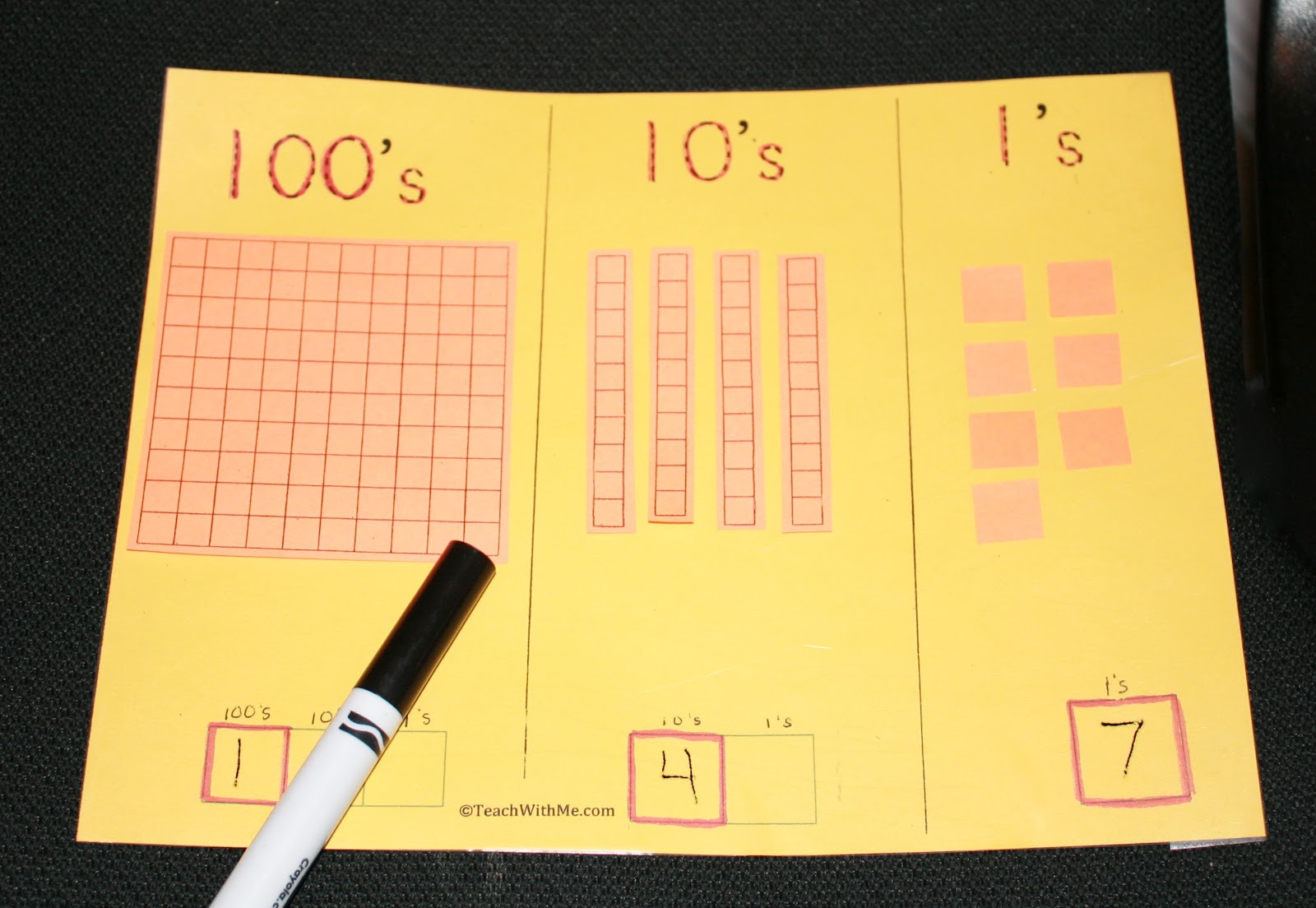


Autumn 2
This term we have been learning about multiples.

Today we have been looking at factors.



Click the link below to play TTRockstars.
Have a look at the work the children have done so far:
![IMG_E4459[1].JPG](/uploads/378/images/IMG_E4459[1].JPG)
![IMG_E4467[1].JPG](/uploads/378/images/IMG_E4467[1].JPG)
![IMG_E4465[1].JPG](/uploads/378/images/IMG_E4465[1].JPG)
![IMG_E4468[1].JPG](/uploads/378/images/IMG_E4468[1].JPG)
Today we are looking at common factors.
-
A common factor is a number that can be divided into two different numbers, without leaving a remainder.
-
Often numbers can share more than one common factor.
-
It is possible to find the common factors of more than two numbers. Please click the link below and watch for further understanding.
https://www.bbc.co.uk/bitesize/topics/z6j2tfr/articles/z72r97h
We looked at arrays that will help you answer the calculation.
An array is an arrangement of objects, such as numbers, typically in rows and/or columns.
.JPG](/uploads/378/images/IMG_E4448[1](1).JPG)

![IMG_4489[1].JPG](/uploads/378/images/IMG_4489[1].JPG)
![IMG_4490[1].JPG](/uploads/378/images/IMG_4490[1].JPG)
![IMG_4496[1].JPG](/uploads/378/images/IMG_4496[1].JPG)
Today the children have been learning all about Prime and Composite numbers.

Composite number A whole number that can be made by multiplying other whole numbers.
Prime numbers are special numbers, greater than 1, that have exactly two factors, themselves and 1.
19 is a prime number. It can only be divided by 1 and 19.
9 is not a prime number. It can be divided by 3 as well as 1 and 9.
The prime numbers below 20 are: 2, 3, 5, 7, 11, 13, 17, 19.
Don't forget: the number 1 is not a prime number as it only has one factor.
Click on the link below to learn all about prime numbers.
https://www.bbc.co.uk/bitesize/topics/zfq7hyc/articles/z2q26fr
Below are some pictures showing the children's work and also the key vocabulary the children are learning.
![IMG_4497[1].JPG](/uploads/378/images/IMG_4497[1].JPG)
![IMG_4505[1].JPG](/uploads/378/images/IMG_4505[1].JPG)
Today the children are learning all about Square Numbers.
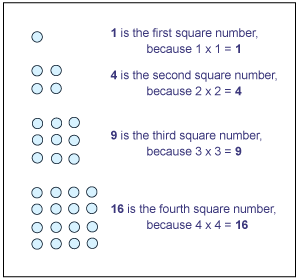
The children really enjoyed today's lesson.
Please click on the BBC Bitesize logo for further understanding.
![IMG_E4528[1].JPG](/uploads/378/images/IMG_E4528[1].JPG)
![IMG_E4527[1].JPG](/uploads/378/images/IMG_E4527[1].JPG)
![IMG_4534[1].JPG](/uploads/378/images/IMG_4534[1].JPG)
This week the children will be learning how to divide using the formal written method.
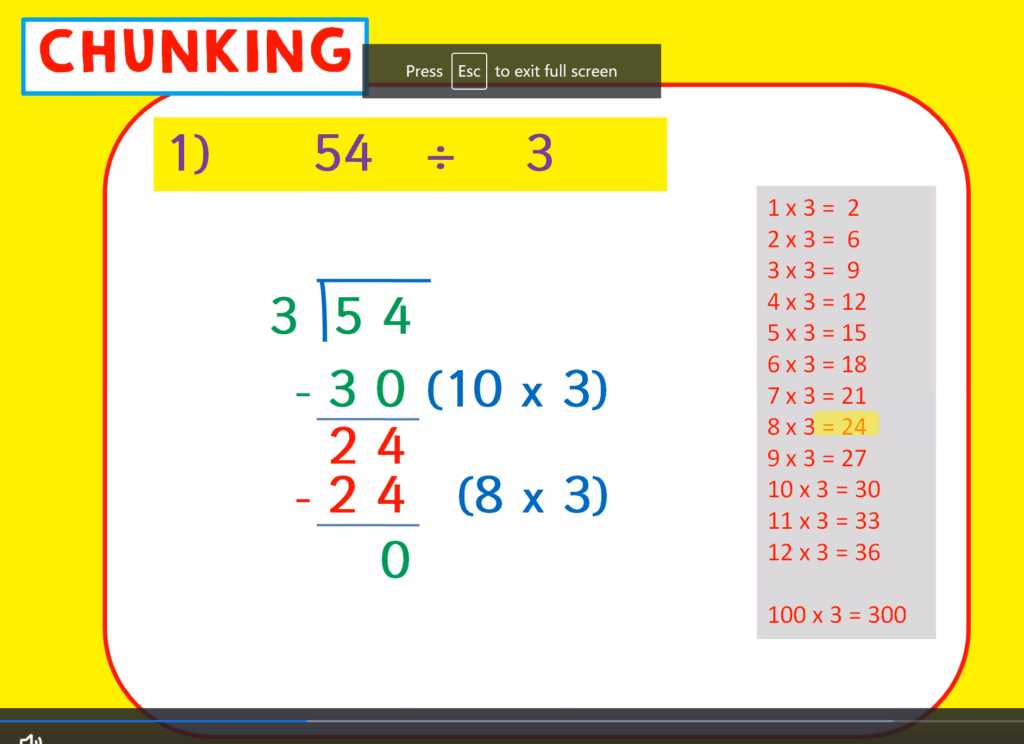
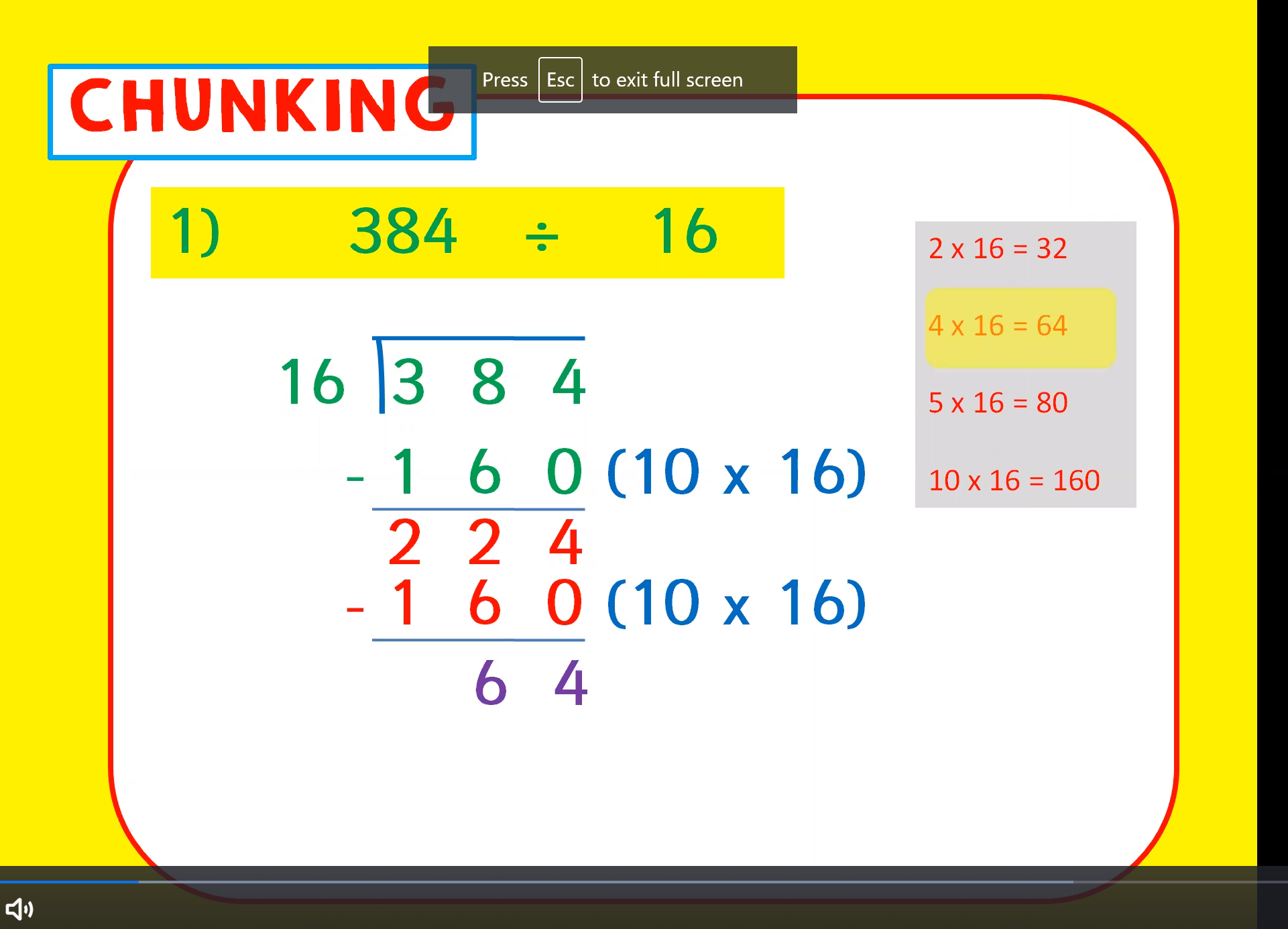
Question:
72 ÷ 4 =
Create a fact box to help you. Then you can start subtracting by using your fact box.
Click on the link below for further understanding.
The children have been really busy learning the chunking method. They are building their confidence daily by putting the techniques they have learned in word problems.
![IMG_4573[1].JPG](/uploads/378/images/IMG_4573[1].JPG)
![IMG_4587[1].JPG](/uploads/378/images/IMG_4587[1].JPG)
![IMG_4588[1].JPG](/uploads/378/images/IMG_4588[1].JPG)
This week the children will be learning Fractions.
What are Fractions?
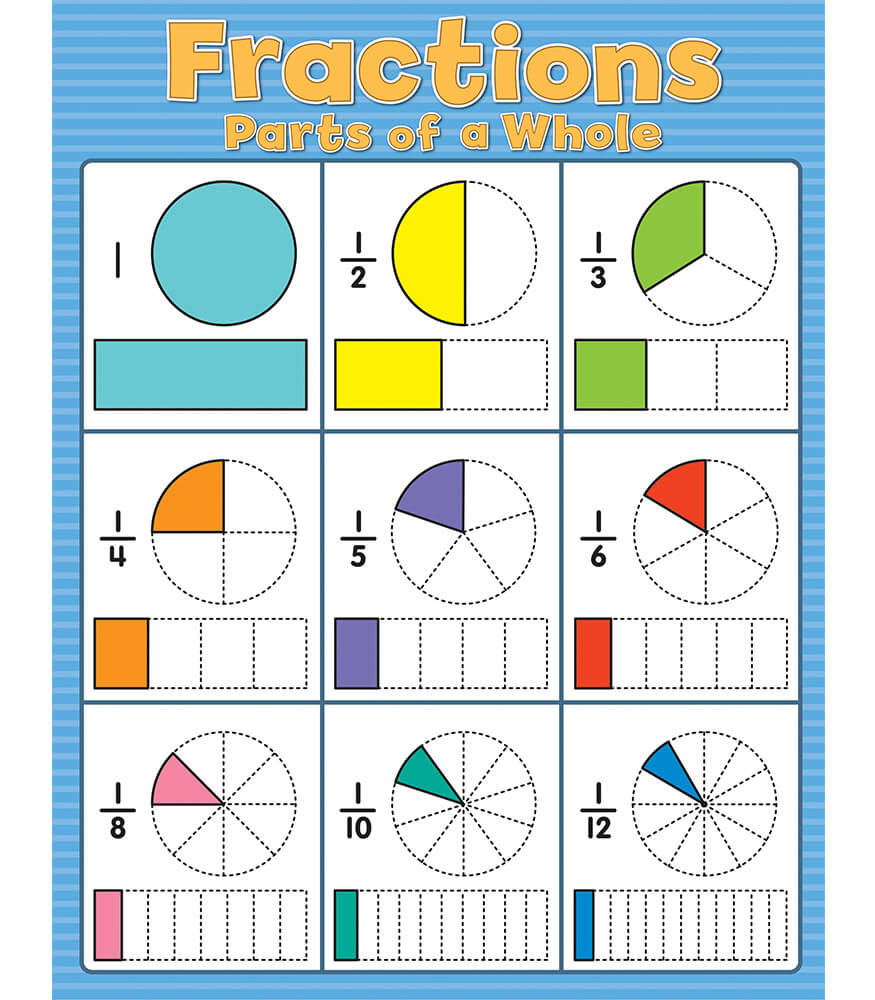

Decimals as fractions.
The children found this a little tricky at first but then quickly began to see the relationship with the numbers using a 100 square.
![IMG_4609[1].JPG](/uploads/378/images/IMG_4609[1].JPG)
![IMG_4610[1].JPG](/uploads/378/images/IMG_4610[1].JPG)
![IMG_4613[1].JPG](/uploads/378/images/IMG_4613[1].JPG)
Today we looked at equivalent fractions
Equivalent means the same value or amount.


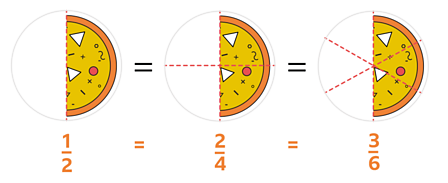
-
Sometimes fractions can be simplified into smaller ones.
-
These fractions are said to be equivalent.

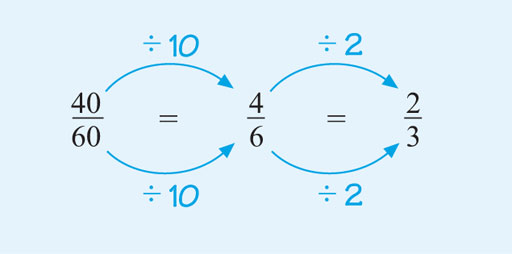
Remember that whatever number you are multiplying or dividing the numerator with, you have to do the same with the denominator. See above example
The children have been working extremely hard. Well done everyone for not giving up.
![IMG_4629[1].JPG](/uploads/378/images/IMG_4629[1].JPG)
![IMG_4628[1].JPG](/uploads/378/images/IMG_4628[1].JPG)
![IMG_4626[1].JPG](/uploads/378/images/IMG_4626[1].JPG)
![IMG_4630[1].JPG](/uploads/378/images/IMG_4630[1].JPG)
Today the class looked at comparing and ordering fractions.

When the denominators are the same, the greater the numerator, the greater the fraction.
![IMG_4631[1].JPG](/uploads/378/images/IMG_4631[1].JPG)
Today the children have been looking at comparing mixed fractions.
Click on the BBC Bitesize logo for further understanding.
A unit fraction is any fraction where the numerator is 1, eg ¼. A non-unit fraction is a fraction where the numerator is not 1, eg ?. Mixed fractions are a mix of whole numbers and a fraction together, eg 1 ¼.
![IMG_E4643[1].JPG](/uploads/378/images/IMG_E4643[1].JPG)
This week we will be looking at Multiplication.



Please support your child's learning by asking them to practice their timetables

When multiplying a 2-digit number by a 1-digit number you can use both mental and written methods.
Click on the BBC Bitesize logo and scroll down to watch a short clip.
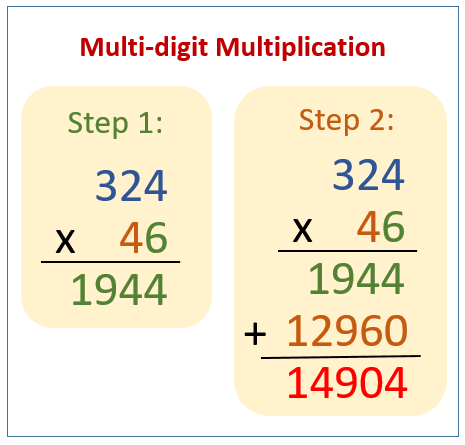
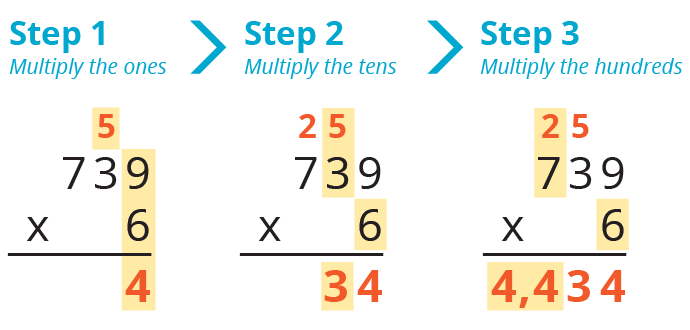
![IMG_E4646[1].JPG](/uploads/378/images/IMG_E4646[1].JPG)
As you can see from the pictures above, there are a few simple steps for your child to do to answer the calculations.
When following the short multiplication method, always double-check your work and that each digit is in the correct place value.
Please can you support your child by helping them learn their timetables.
Click the TTRockstar log below for further support.

Mrs. Hardman, Miss Collins, and Mrs. Butt are extremely proud of all the children this week. They have worked fantastically. They have looked at multiplying 2 digits by 1 digit, multiplying 3 digits by 1 digit, multiplying 4 digits by 1 digit, and then finished the week off by completing calculations such as multiplying 4 digits by 2 digits. Once again well-done children.
This week the children have been looking at Area and perimeter.
Below is how you work out the Area. The formula is base x height

Below is how you work out perimeter.

This week the children will be looking at Time.

Understanding and how to tell the time is very important to learn. It will help children to understand and manage their daily routines such as what time to wake, what time to get to school and understand how long any activities they do.

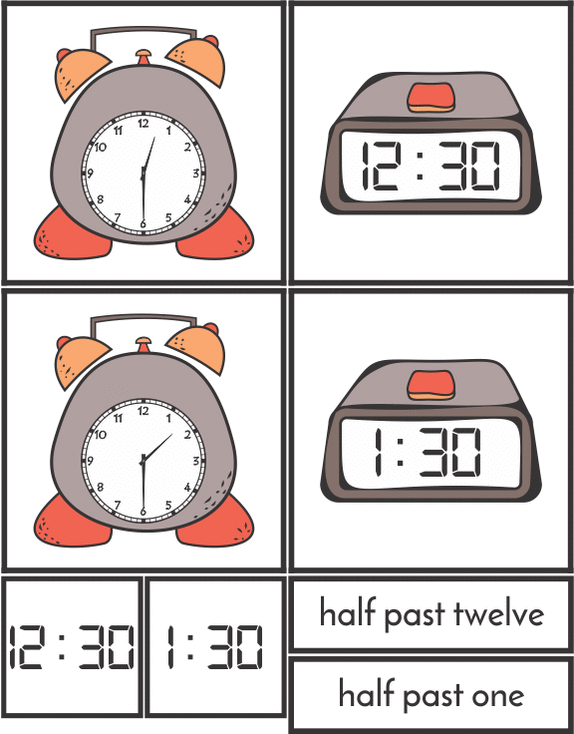
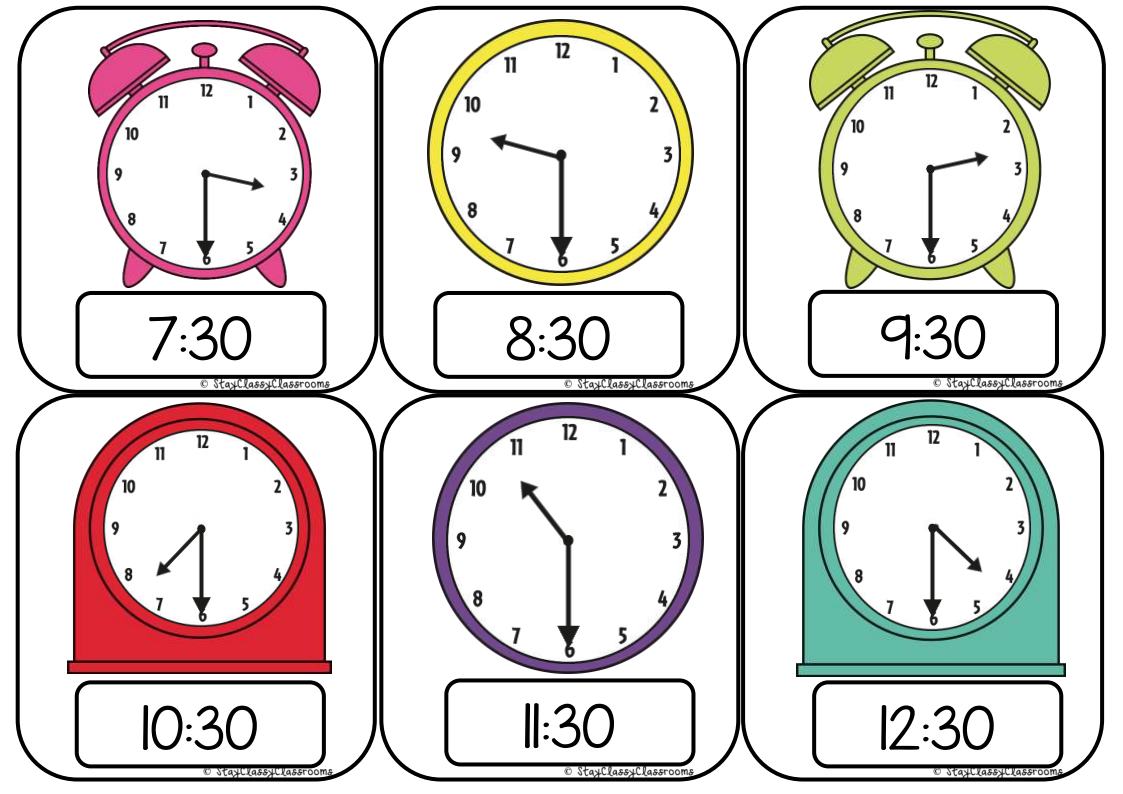
Click on the logo below to play the Telling the Time game.
Today we are carrying on with time.
The children have to use thtechniques they have learned through the week to answer the questions. Some are a bit tricky but I am sure that the children will not give up.
This week the children learning all about Negative numbers
The children have been working really hard in understanding negative numbers.
They try working them out mentally but soon found out that the best option for getting the answers correct were to draw a numberline.
Numberlines are a fantastic tool that the children have been trained to use in any simple calculations.


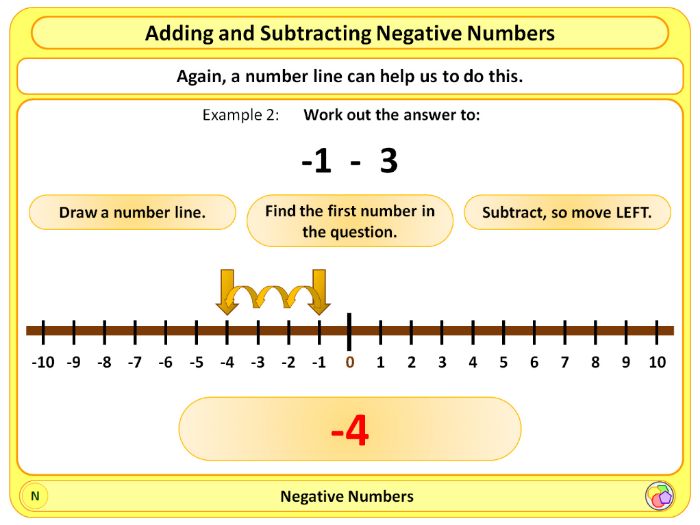
Spring 1
Roman Numerals
This week the children will be learning all about Roam Numerals. The Roman numerals were invented by the Romans many many years ago.
When a symbol appears after a larger (or equal) symbol it is added
- Example: VI = V + I = 5 + 1 = 6
- Example: LXX = L + X + X = 50 + 10 + 10 = 70
But if the symbol appears before a larger symbol it is subtracted
- Example: IV = V − I = 5 − 1 = 4
- Example: IX = X − I = 10 − 1 = 9
Example: Convert 1984 to Roman Numerals.
Break 1984 into 1000,900, 80 and 4, then do each conversion
- 1000 = M
- 900 = CM
- 80 = LXXX
- 4 = IV
1000 + 900 + 80 + 4 = 1984, so 1984 = MCMLXXXIV

Click on the Racing Car logo to enjoy a roman numerals activity.
https://www.math4childrenplus.com/math-game-online-on-roman-numerals-car-race/
This week the children will be learning Place Value
![What is Place Value? - [Definition, Facts & Example]](https://cdn-skill.splashmath.com/panel-uploads/GlossaryTerm/752b518abc8344cca04f188f08877a0a/1547028704_Place-Value-Chart-of-Decimal-Numbers-Decrease-left-to-right.png)
The hundred square represents 1 whole.
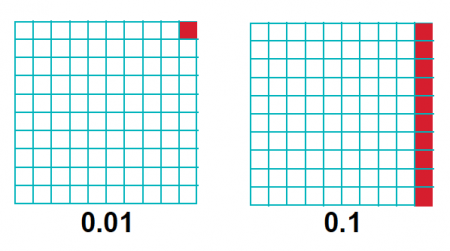

![IMG_4801[1].JPG](/uploads/378/images/IMG_4801[1].JPG)
Today we are looking at negative numbers.
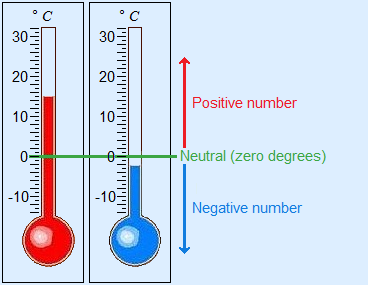
Thermometer
The thermometers show the temperature at different times on one day.
(a) Write the missing number below.
From 6am( blue) to 1pm (red) the temperature went up by ___________________ °C

This week the children will be looking at rounding.
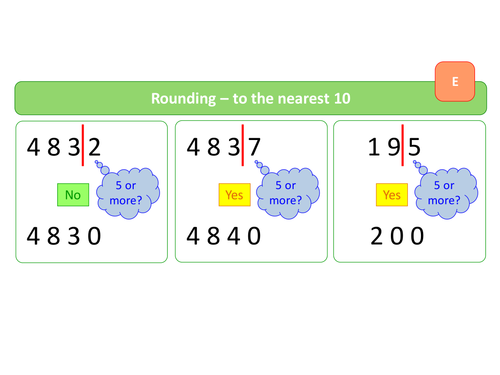

Click on the BBCBitesize logo for further information
This week the children will be learning all about Multiples and Factors.
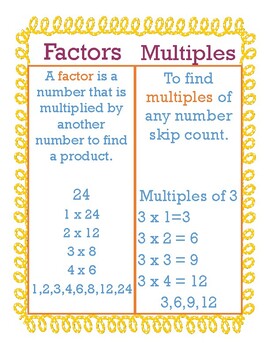
1) Which number is not in the 4 times table?
4 12 14 20 24
2) Which number is in the 5 and 7 times tables?
5 7 25 50 70
3)Fill in the missing numbers in the sequence.
____ 15 ____ 21 24
4)Fill in the missing numbers in the sequence.
30 ____ 20 ____ 10
The children have been learning how to calculate 2 digits by 1 and 2 digits this week. Below are some small videos for you to look at which can help you with the method used in school.

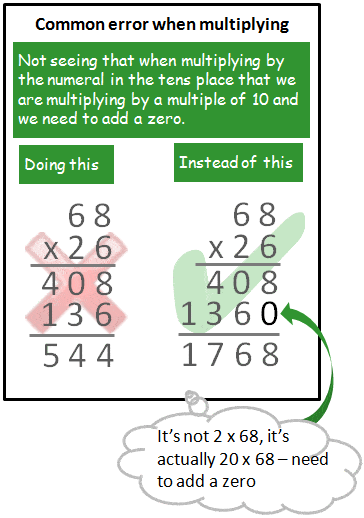
This week the children will be learning multiplying by 10,100 and 1000
Click on the BBCBitesize logo below for further understanding and play the quiz.
This week we have been looking at converting.
Click on the BBCBitesize logo below to see how The Chuckle brothers get on with conveting grams to kilograms.
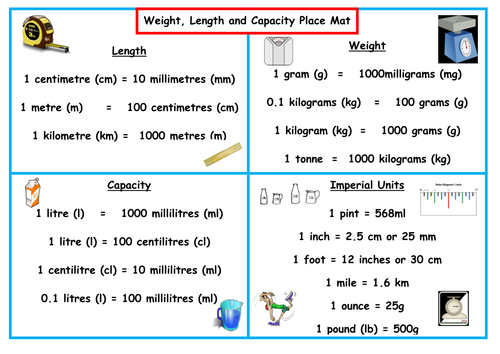
Well Done!!
Mrs Hardman , Mrs Butt and Miss Collins are so proud of the children.
They have been tackling all kinds of question related with multiplication. Some qustions were tricky but they perrservered and never gave up.
Multiply 2 Digits by 2 Digits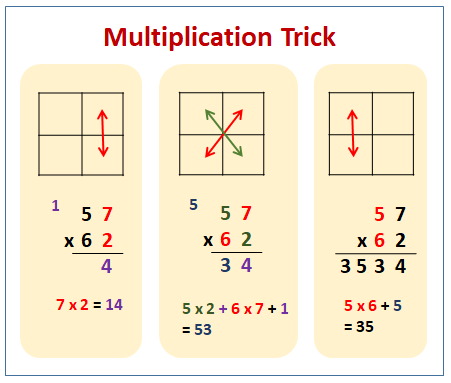


Spring 2
This week the children will be looking at Quadrants.
The grid below shows a pair of axes, dividing a grid into four parts, or quadrants.


The x axis is the horizontal axis. In this example the x axis is numbered from -3 to 3.
The y axis is the vertical axis. In this example the y axis is also numbered from -3 to 3.
The two axes intersect at right angles at the point we call the origin – or the place that we start from when we look to position a point with a given co-ordinate.
The letter P positions a point with co-ordinates (2, 3). This point is located in the first quadrant.
The letter Q positions a point with co-ordinates (3, 2). This point is also located in the first quadrant.

![IMG_E4942[1].JPG](/uploads/378/images/IMG_E4942[1].JPG)
![IMG_E4938[1].JPG](/uploads/378/images/IMG_E4938[1].JPG)
![IMG_E4945[1].JPG](/uploads/378/images/IMG_E4945[1].JPG)
Today we carried on looking at Translation.
.JPG](/uploads/378/images/IMG_E4971[1](1).JPG)
![IMG_4958[1].JPG](/uploads/378/images/IMG_4958[1].JPG)
This week the children will be learning all about Angles.
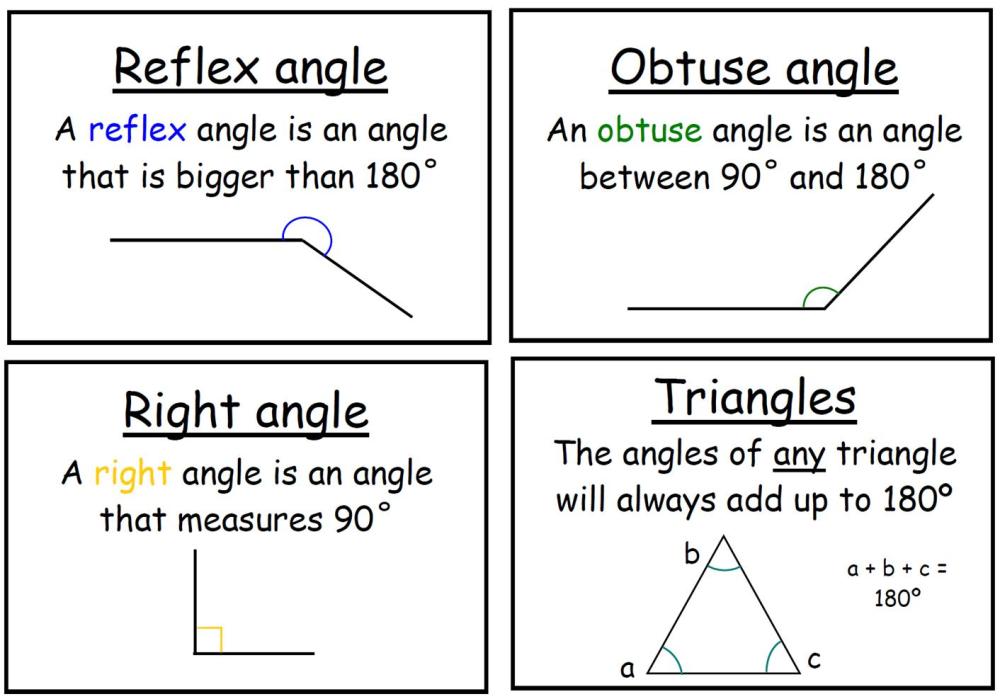
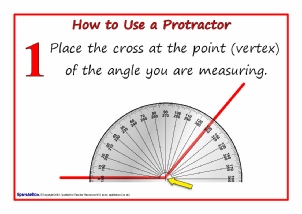
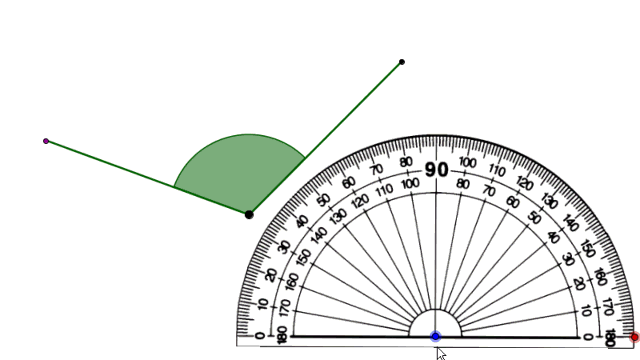
![IMG_0205[1].JPG](/uploads/378/images/IMG_0205[1].JPG)
![IMG_0208[1].JPG](/uploads/378/images/IMG_0208[1].JPG)
![IMG_0212[1].JPG](/uploads/378/images/IMG_0212[1].JPG)
![IMG_0209[1].JPG](/uploads/378/images/IMG_0209[1].JPG)
Estimating angles
![IMG_5013[1].JPG](/uploads/378/images/IMG_5013[1].JPG)
![IMG_5009[1].JPG](/uploads/378/images/IMG_5009[1].JPG)
This week, the children will be learnong all about Fractions.


Converting fractions.

![IMG_0311[1].JPG](/uploads/378/images/IMG_0311[1].JPG)
![IMG_0314[1].JPG](/uploads/378/images/IMG_0314[1].JPG)
This week the children will be learning all about Polygons
Regular Polygons – Polygons that have equal sides and angles are regular polygons.

Irregular Polygons – Polygons with unequal sides and angles are irregular polygons.

Below are the types of questions the children will be looking at.
Two of these sentences are correct.
|
|
Tick two. |
|
A cube has curved faces. |
|
|
A cube has curved faces. |
|
|
A cube has 6 faces. |
|
|
A cube has more than 6 corners. |
Write numbers to complete the table below.
|
|
Number of faces that are rectangles |
Number of faces that are triangles |
|
cuboid |
|
|
|
triangular prism |
|
|
Summer 1
This week , the children will be looking at Mode, Median, and Range.
The mean, median, mode and range are defined as:
- Mean: the average, which is found by adding up all the values in a set of data and dividing it by the total number of values you added together.
- Median: the middle number in the set of values. ...
- Mode: the number or value, which appears most often in the set.
- Range: the difference between the lowest and the highest value.
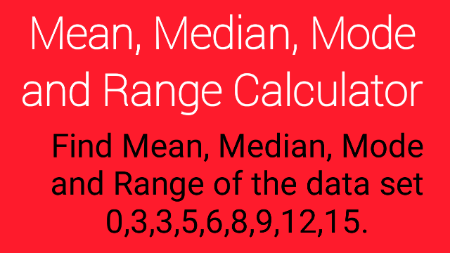
This week the children have been working on solving word problems using all four operations.
![IMG_0530[1].JPG](/uploads/378/images/IMG_0530[1].JPG)
![IMG_0532[1].JPG](/uploads/378/images/IMG_0532[1].JPG)
09.05.22
This week the children have been focusing on Place Value.
They have been reading,writing, comparing and ordering numbers.
Below are children's work and clips for children and adults to go through.
Click on the picture which will take you to the websites.
![IMG_0551[1].JPG](/uploads/378/images/IMG_0551[1].JPG)
![IMG_0553[1].JPG](/uploads/378/images/IMG_0553[1].JPG)
This week the children are focusing on Time.
It is really important to understand how to read time. Please can you support your child in this area.
Below are a few diagrams that you can use.

Click on the picture below to play the game from Mathsframe.
Games from BBC Bitesize

Every four years we have leap years. Instead of having 365 days, leap years have 366 days.
![IMG_E5100[1].JPG](/uploads/378/images/IMG_E5100[1].JPG)
![IMG_E5102[1].JPG](/uploads/378/images/IMG_E5102[1].JPG)
The children are working really hard to understand Time. Keep it up!!

Summer 2
This week we are reacaping on certain topics to make sure the foundation an understanding is secure to make each child reach their potential.
Addition and Subtraction

.JPG](/uploads/378/images/IMG_5193[1](1).JPG)
Multiplication



The children have worked extremely hard this week. They have been trying to understand money problems using real life situations.
![IMG_5193[1].JPG](/uploads/378/images/IMG_5193[1].JPG)
![IMG_5224[1].JPG](/uploads/378/images/IMG_5224[1].JPG)
This week, the children are looking at Angles.
The four types of angle you should know are acute, obtuse, reflex and right angles. When you are estimating the size of an angle, you should consider what type of angle it is first.


Well done everyone. You have remembered from our previous lessons and have shown great understanding.
![IMG_E5279[1].JPG](/uploads/378/images/IMG_E5279[1].JPG)
 Reedley Primary School
Reedley Primary School![IMG_E4464[1].JPG](/uploads/378/images/IMG_E4464[1].JPG)
.JPG](/uploads/378/images/IMG_E4448[1](2).JPG)
![IMG_E4488[1].JPG](/uploads/378/images/IMG_E4488[1].JPG)
.JPG](/uploads/378/images/IMG_4494[1](1).JPG)
![IMG_4504[1].JPG](/uploads/378/images/IMG_4504[1].JPG)
![IMG_4502[1].JPG](/uploads/378/images/IMG_4502[1].JPG)
![IMG_4501[1].JPG](/uploads/378/images/IMG_4501[1].JPG)

![IMG_E4529[1].JPG](/uploads/378/images/IMG_E4529[1].JPG)
![IMG_4531[1].JPG](/uploads/378/images/IMG_4531[1].JPG)
![IMG_4535[1].JPG](/uploads/378/images/IMG_4535[1].JPG)
![IMG_4586[1].JPG](/uploads/378/images/IMG_4586[1].JPG)
![IMG_4611[1].JPG](/uploads/378/images/IMG_4611[1].JPG)
![IMG_4627[1].JPG](/uploads/378/images/IMG_4627[1].JPG)
![IMG_4625[1].JPG](/uploads/378/images/IMG_4625[1].JPG)
![IMG_4632[1].JPG](/uploads/378/images/IMG_4632[1].JPG)
![IMG_4633[1].JPG](/uploads/378/images/IMG_4633[1].JPG)
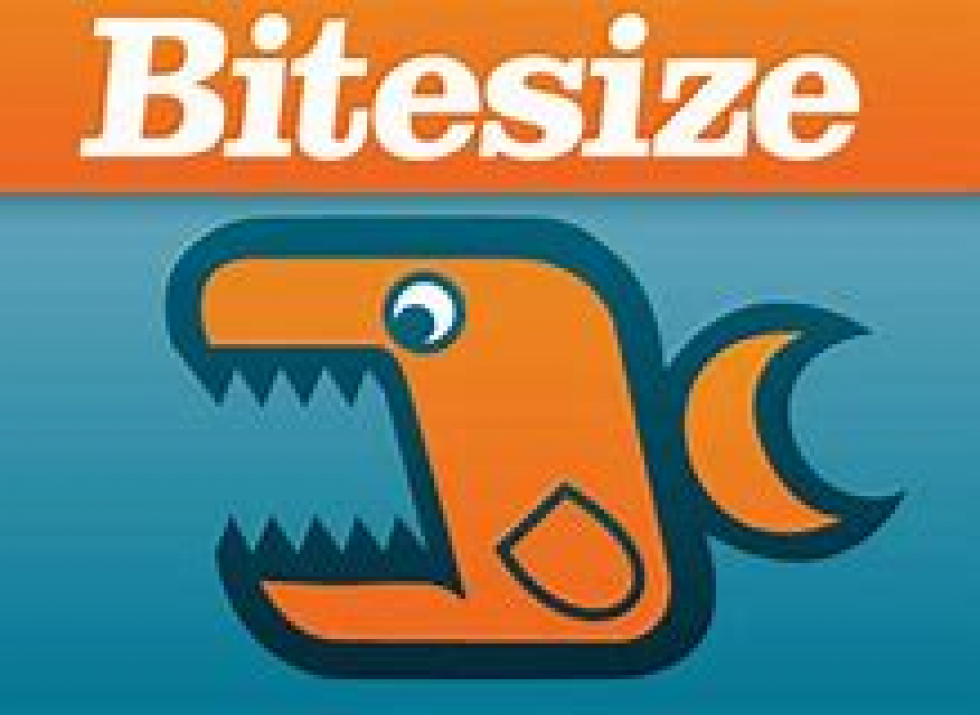

![IMG_E4647[1].JPG](/uploads/378/images/IMG_E4647[1].JPG)


![IMG_E4733[1].JPG](/uploads/378/images/IMG_E4733[1].JPG)


![IMG_E4741[1].JPG](/uploads/378/images/IMG_E4741[1].JPG)
![IMG_4803[1].JPG](/uploads/378/images/IMG_4803[1].JPG)

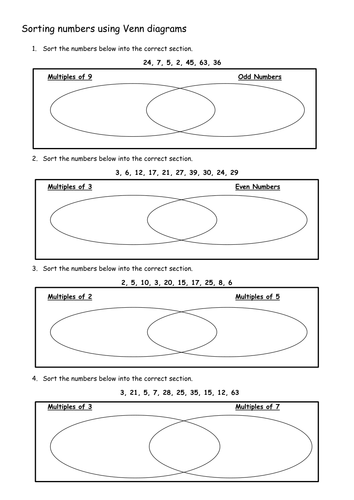
![IMG_E4941[1].JPG](/uploads/378/images/IMG_E4941[1].JPG)
![IMG_E4934[1].JPG](/uploads/378/images/IMG_E4934[1].JPG)
![IMG_4944[1].JPG](/uploads/378/images/IMG_4944[1].JPG)
![IMG_4940[1].JPG](/uploads/378/images/IMG_4940[1].JPG)
![IMG_E4972[1].JPG](/uploads/378/images/IMG_E4972[1].JPG)
![IMG_4966[1].JPG](/uploads/378/images/IMG_4966[1].JPG)
![IMG_0206[1].JPG](/uploads/378/images/IMG_0206[1].JPG)
![IMG_0204[1].JPG](/uploads/378/images/IMG_0204[1].JPG)
![IMG_0210[1].JPG](/uploads/378/images/IMG_0210[1].JPG)
![IMG_0200[1].JPG](/uploads/378/images/IMG_0200[1].JPG)
![IMG_5016[1].JPG](/uploads/378/images/IMG_5016[1].JPG)
![IMG_5010[1].JPG](/uploads/378/images/IMG_5010[1].JPG)
![IMG_0313[1].JPG](/uploads/378/images/IMG_0313[1].JPG)
![IMG_0315[1].JPG](/uploads/378/images/IMG_0315[1].JPG)
![IMG_0531[1].JPG](/uploads/378/images/IMG_0531[1].JPG)
![IMG_0533[1].JPG](/uploads/378/images/IMG_0533[1].JPG)
![IMG_0534[1].JPG](/uploads/378/images/IMG_0534[1].JPG)

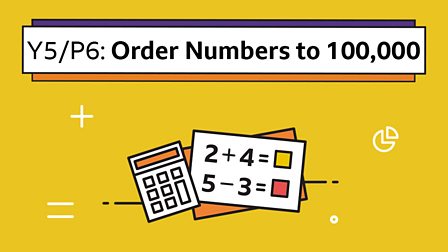
![IMG_0552[1].JPG](/uploads/378/images/IMG_0552[1].JPG)
![IMG_0554[1].JPG](/uploads/378/images/IMG_0554[1].JPG)



![IMG_E5101[1].JPG](/uploads/378/images/IMG_E5101[1].JPG)
![IMG_E5103[1].JPG](/uploads/378/images/IMG_E5103[1].JPG)
![IMG_5191[1].JPG](/uploads/378/images/IMG_5191[1].JPG)
![IMG_5225[1].JPG](/uploads/378/images/IMG_5225[1].JPG)
![IMG_E5277[1].JPG](/uploads/378/images/IMG_E5277[1].JPG)